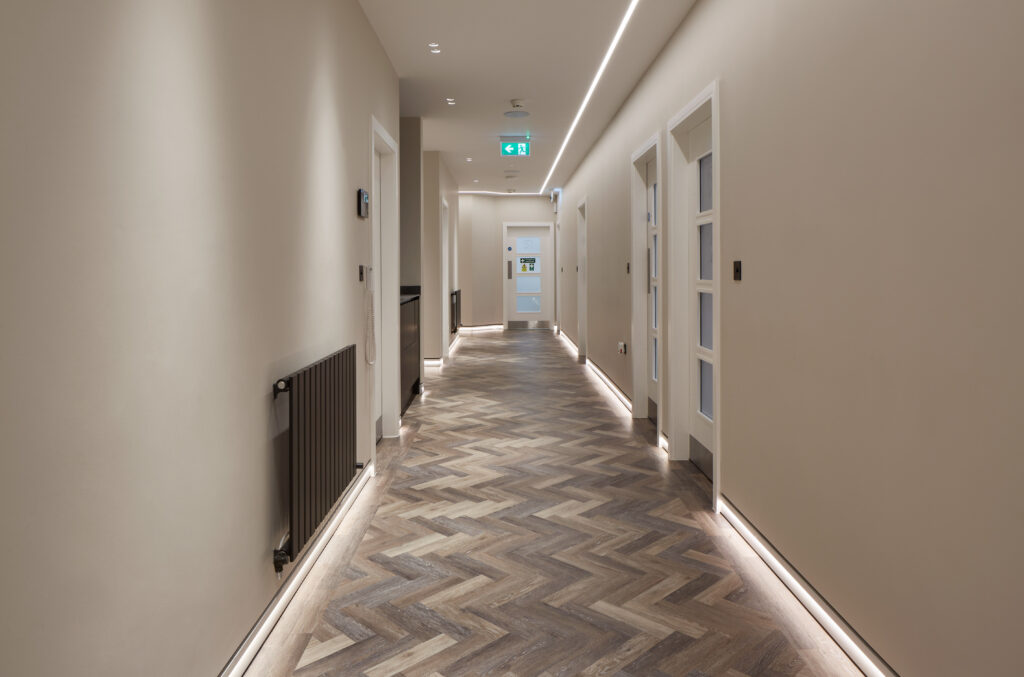For domestic and hospitality venues there is a real trend toward using warmer colour temperature lighting to create a relaxing and sociable environment. To win this business it’s worth checking what correlated colour temperatures are available.
The colour of light affects our mood. A correlated colour temperature of 4000K or higher is great for concentration at work or when there is a task to complete, but it is not ideal at the end of the day when people want to chill out.
Go lower
Unfortunately, most LED lighting does not go low enough to create the ultimate relaxing atmosphere. The sort of light you get from a sunset or candlelight for example.
To recreate that warm glowing light you need to install lighting that offers a warmer CCT than most products offer. While modern LED fittings sometimes allow you to switch between different CCT options, most only go as low as 2700K. While that is a warm white light, what if your customer wants to create something even more relaxing?
In fact, we need to think about those traditional rules of thumb where even experienced specifiers will stick to 4000K lighting for the office or factory and 3000K for the home, restaurant, or pub. For some applications you need to offer different options.
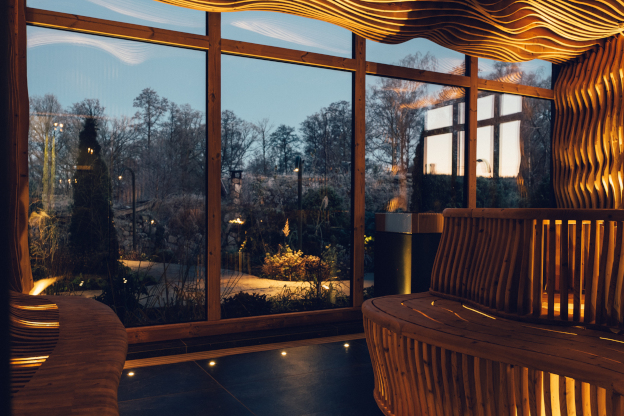
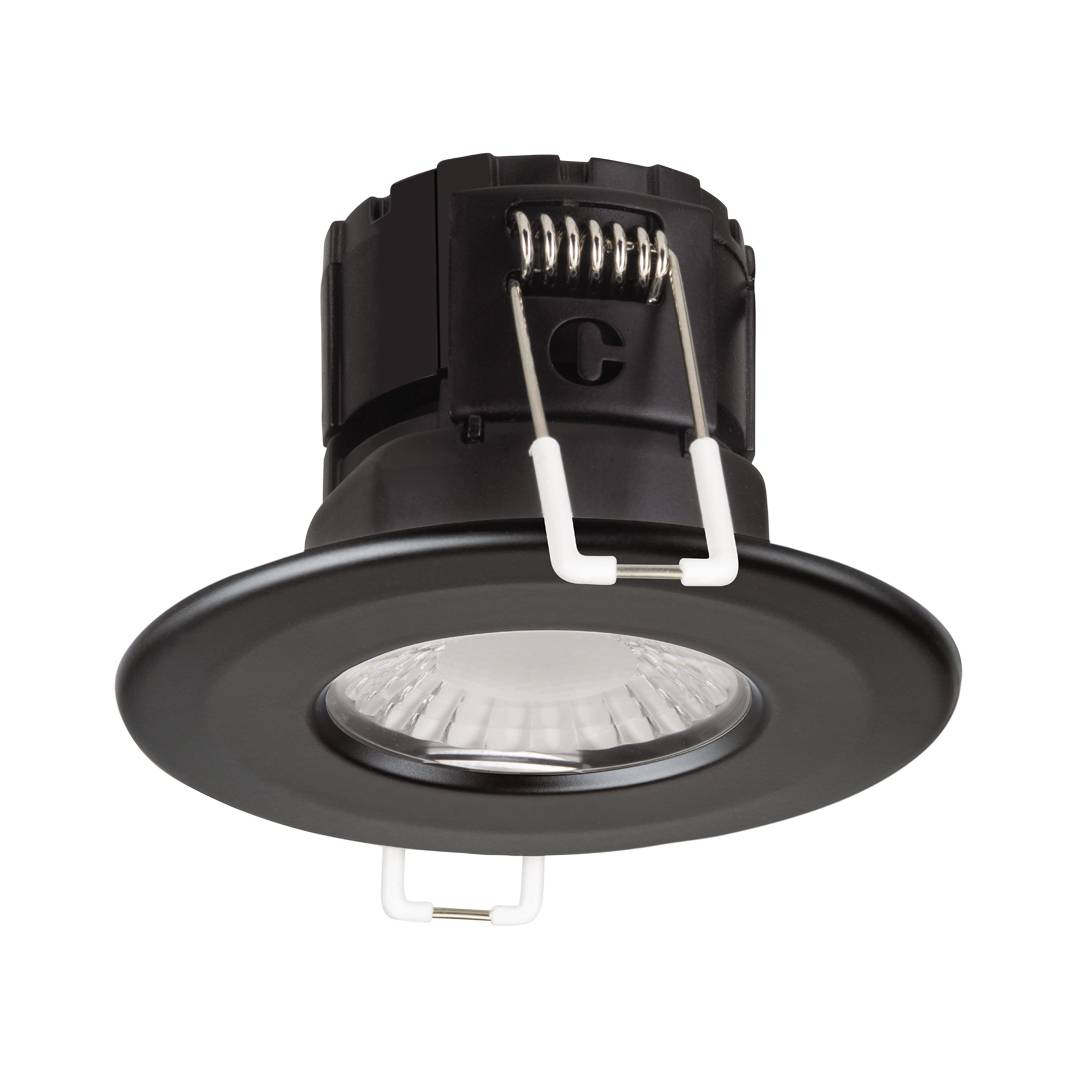
CCT switchable fittings
Our CSP category of lighting allows you to switch between four different correlated colour temperatures from the same fitting depending on where you are using them.
So 4000K is ideal for spaces where your customer needs to concentrate, 3000K is great for many domestic settings, 2700k offers a warmer light and 2200K is perfect for areas where people want to create an area to relax.
Natural lighting from LED
This need for warmer lighting is a response to what happens naturally. At sunset, the colour temperature gets down to 2000K, yet when the sun is at its highest, daylight contains more blue light and has a colour temperature of between 5000K to 6500K.
Our body’s circadian rhythm is attuned to this changing colour of natural light. We are more alert when exposed to cooler bluer light but will relax and be more sociable in a warmer light that has more yellow or orange content.
A relaxed mind also boosts creativity, and warmer lighting helps us get ready to sleep through supporting our body’s natural reaction to changing natural light.
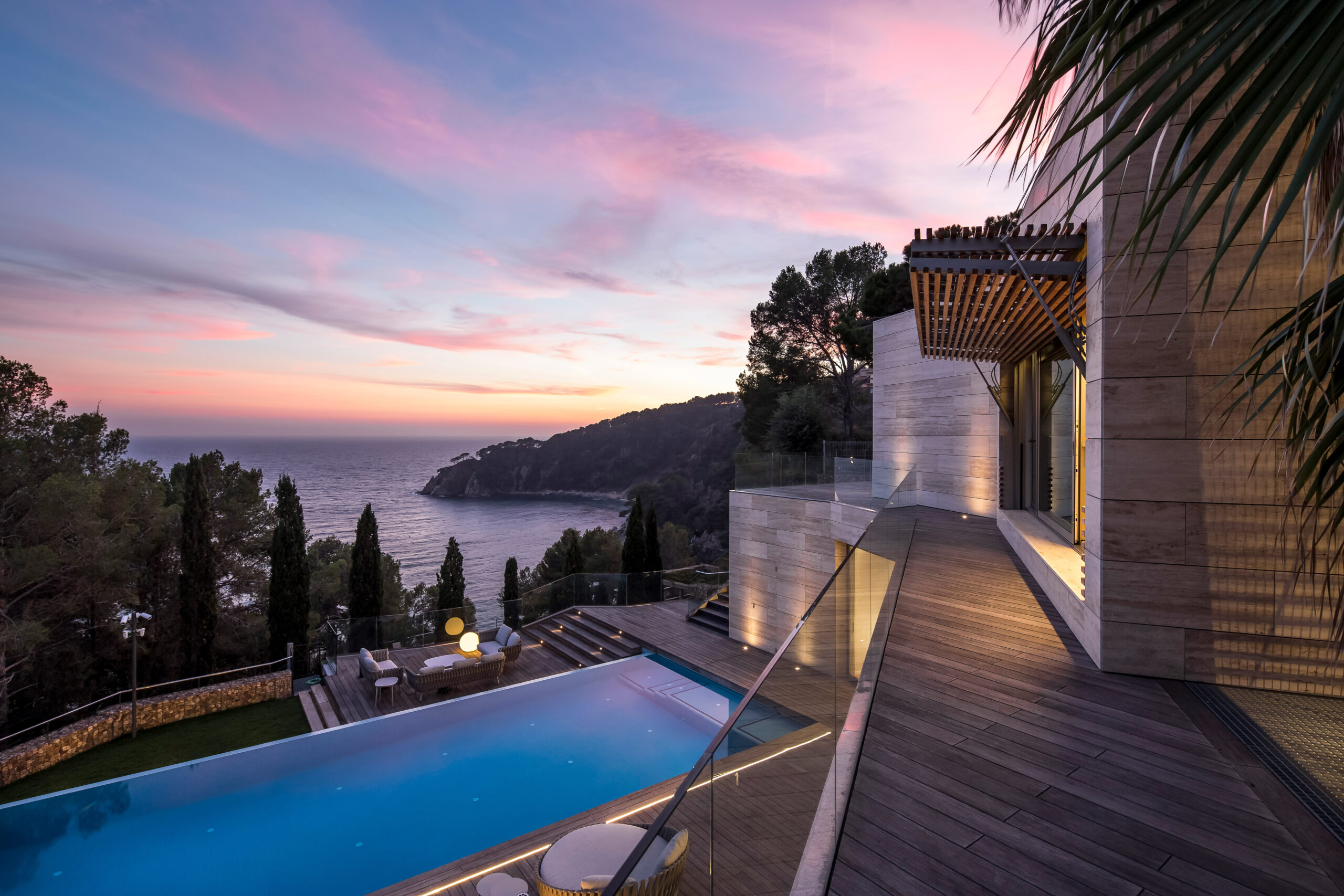

Hospitality lighting
For your customer it’s all about what they plan to do in a room or space.
Imagine having a beer or glass of wine at sunset on holiday or in front of a fire after a hard day’s work. Well, you can recreate that light for them using lighting with colour temperature of 2200K.
And in a pub or restaurant when people are enjoying the moment and chatting, they are more likely to stay longer in a relaxing environment, which means they will eat and drink more.
In the home
We can all think of rooms where your customer wants to unwind. In their living room, where they eat, and in the bedroom, to relax and encourage a good night’s sleep when they turn the lights off.
Emphasise certain materials
A warmer light also brings rooms with a yellow, orange, or red decorating scheme to life by emphasising its natural tones. Similarly warmer materials such as wood are best highlighted by a lower CCT light.
If you use an LED with switchable CCT options, then they can even change the light when they redecorate.
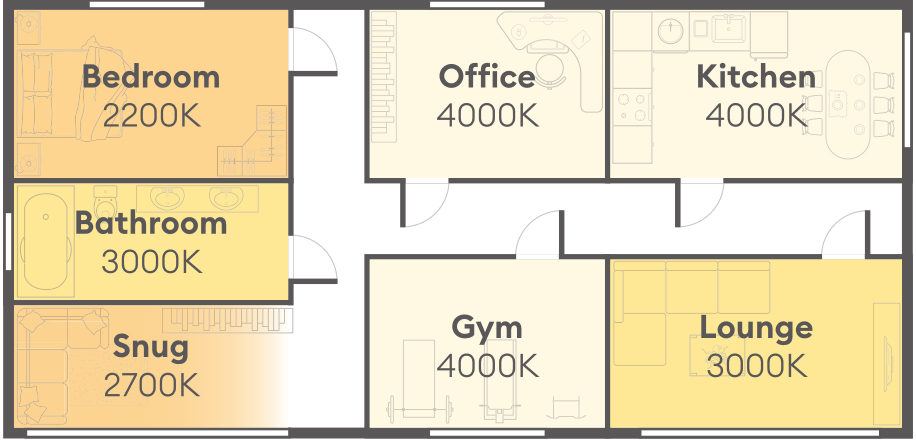
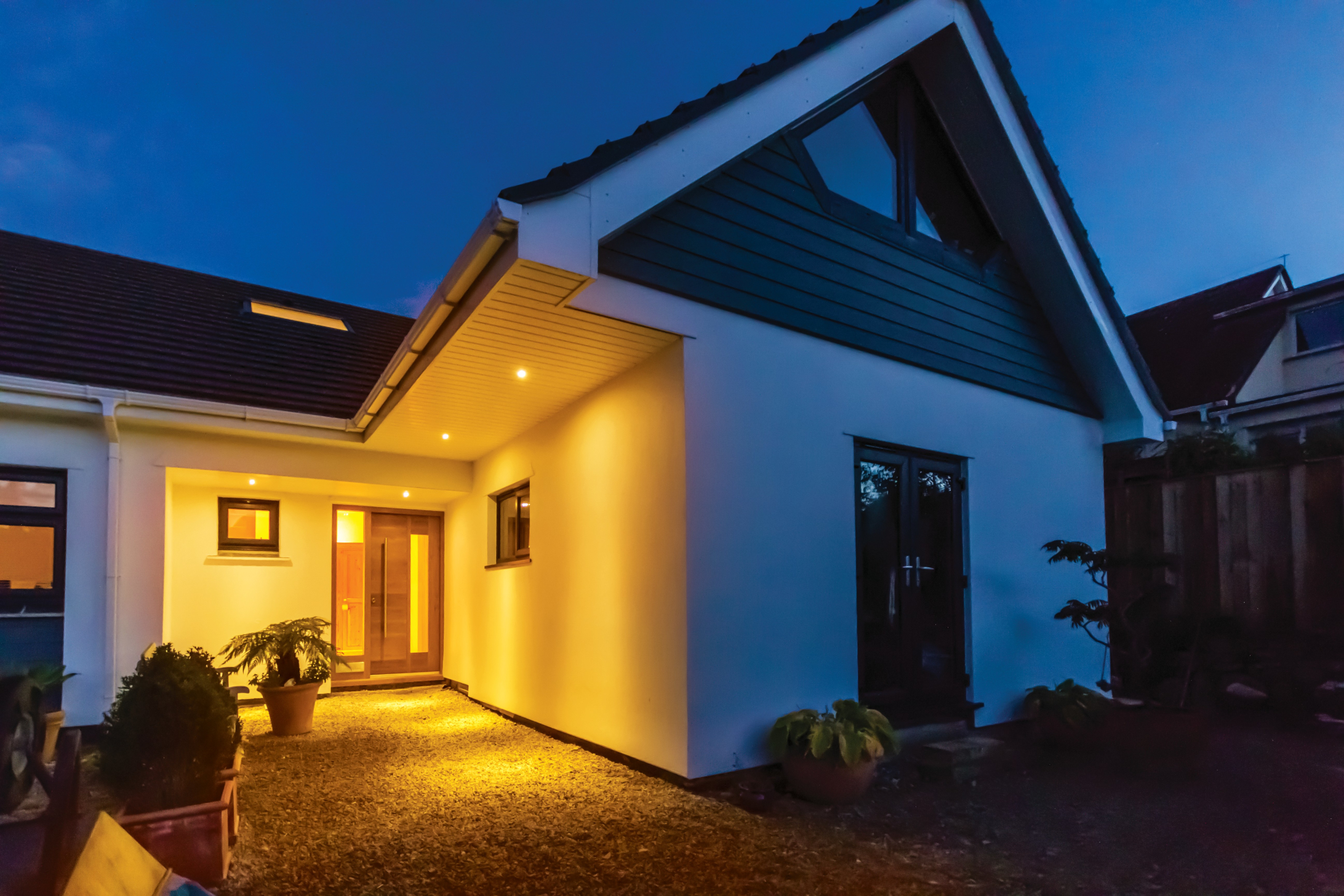
Reducing light pollution outdoors
Upward light spillage and too much blue light can affect nocturnal animals and will not meet a local council’s “DarkSky” requirements.
In addition to having fittings that only direct the light where it is needed, warmer colours will scatter less in the atmosphere than cooler sources to help both wildlife and minimise light pollution. There are many outdoor applications where we recommend using a light with a CCT of 2200K
More choice
There is a time and a place for all the different correlated colour temperatures from LED lighting. At work and during the day we want to be alert and sharp so a cooler light of 4000K or higher will work well. But we also need to relax and unwind, especially at the end of the day so offering a warmer light, perhaps as low as 2200K will win over your customer for the right application.
Remember by using downlights or other fittings that have switchable CCTs you can offer them different options from the same fitting.


